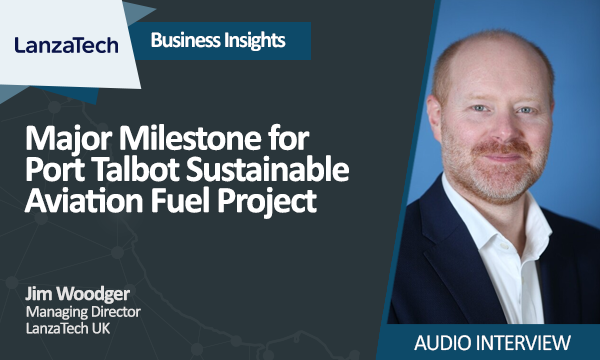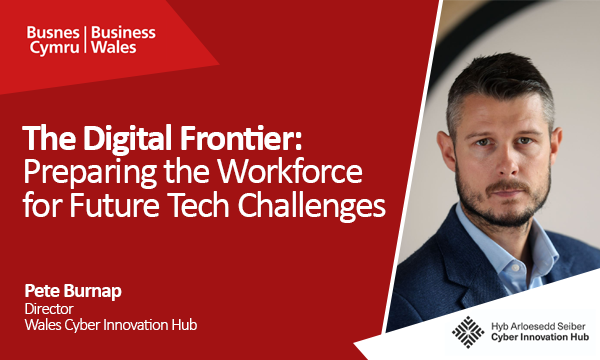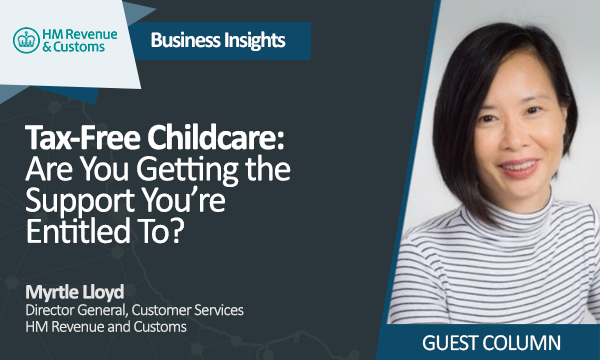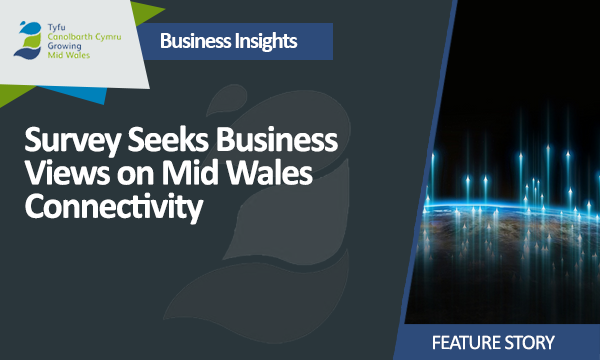
Written by:
Steve McNally
HR & People Industry Editor
Last month we investigated how the COVID-19 crisis was asking big questions of Welsh organisations, leaders and the workforce. The scale of upheaval can be measured in many ways, not least in the newly-released government figures showing that just over a quarter of the 1.2m-strong Welsh workforce has been furloughed, including 36,000 people around the Cardiff region, 23,000 in the Swansea area; and even higher proportions of furloughed workers (c.30%) in Conwy, Pembrokeshire and Powys.
So what do organisations need to do, right now, to ensure that their employees feel engaged in a safe environment, led by managers who care and leaders they can trust? And what do those same organisations need to change to make sure that they survive and prosper, post C-19? We put those questions to HR, OD, TA and L&D leaders in Wales and beyond – and discovered five profound psychological and physical changes underway …
Putting Wellbeing Centre Stage.
The latest issue of The Lancet suggests that COVID-19 is likely to have major impacts on mental health now and into the future, referring to the SARS outbreak in 2003 to show how rates of anxiety, depression, post-traumatic stress and suicide increased in the wake of that outbreak. With the current pandemic causing even greater disruption, it seems likely that mental health will be profoundly impacted again. Willis Towers Watson stresses that all four key dimensions of wellbeing – physical, emotional, financial and social – need to be addressed, with James Dalton of PeopleStory pointing out in “Is this the new normal” that for many people the Maslow hierarchy of needs is under threat like never before.
Although the changes to the workplace may be outside your control, you still have a duty to take care of the health and safety of your employees while they’re working for you. This includes their mental health, be they frontline workers, remote workers or furloughed staff. Each group will face different stresses and challenges – and you’ll need to assess the risk of exposure or isolation, increased workload or new working environment, loss of structure or fear of redundancy, for every colleague. That means engaging with your workers as directly as possible, educating your managers to spot signs of mental health issues, putting in place a plan for early interventions, making use of mental health first aiders and using all existing services available to you through your employee benefits providers.
Lesley Richards, Head of CIPD Wales, notes how Wellbeing has become “front of mind”:
“We’ve seen the HR and people development community really come together to share their Wellbeing best practices. It’s easy during our busy working lives to forget that ‘employees’ and ‘colleagues’ are real people too. They have hopes and dreams, fears and concerns. Every person in an organisation plays a vital role and we need to be mindful of the struggles they might be going through on a personal level.”
Embracing The Culture Shift.
In March, businesses across the country were forced to implement remote working protocols – fast. For some, this was a minor disruption. For others, it was a challenge of epic proportions. According to research from Fiverr, over half (51%) of businesses admit they were unprepared for these new working conditions. 34% said they weren’t equipped for remote working, 26% said they didn’t have the right technology in place, and 14% said they didn’t have flexible hours. All of that adds up to a huge Culture shock … and yet the stats tell us that this new way of working is actually proving more efficient for many.
The latest 451 Research shows that prior to COVID-19, improving workforce productivity and collaboration experience was IT’s top transformation initiative – and yet a third (33%) of businesses claim their productivity hasn’t been negatively impacted by a shift to remote working and 35% said it had actually increased. For a country that’s consistently lagged behind its G7 counterparts on productivity output, business leaders shouldn’t easily ignore these kinds of figures. Maintaining culture and connection without in-person contact is a common concern, but as humans, we adapt. So has your culture shifted? ‘Where is it’ right now? And have you just glimpsed what’s truly possible?
Simon Boulcott, Head of People for The Crown Estate, has noted how a culture shift can be both nuanced and explicit:
“The new working normal – and the relationship between the employee and where they go to work – will change significantly in the post C-19 world. The construct will change for many: from ‘why do you need to work from home?’ to ‘why do you need to travel to the office?’ This could potentially shift ‘the office’ from task-based to collaboration-based, with tasks being done remotely and collaboration being the only reason why anyone would go to an office anywhere.”
A Measurable Listening Strategy
As we emerge from lockdown, I’m hearing three key messages from HR Directors about employee listening:
- There’s never been a more important time to listen to employees.
- There needs to be an increased focus on topics such as health, financial stability and general wellbeing, so that organisations have an engaged and fit-for-purpose workforce ready to bounce back into the new economy.
- COVID19 may actually have helped in the adoption of employee listening: many HR chiefs have spent years stressing that the employee voice needs to be more valued and it’s taken this crisis to accelerate that understanding into the minds of the wider C-suite.
A measurable listening strategy is vital if you’re serious about listening to your people. It will more than prepare you for any future eventuality – it will give you the mechanisms in place to listen proactively to your people and make you a more engaged team. So you need a platform that Tracks Engagement – using a robust metric that measures your employees’ emotional buy-in and levels of psychological well-being, commitment, pride, propensity to advocate and, critically, motivation to perform.
Sandra Dawson, Group Head of Talent at Quintet Bank, explains how “Listening” has come to the fore in her organisation:
“ We were already implementing a range of new initiatives to keep employees engaged and provide regular two-way dialogue, giving them the psychological safety they need – engaging inclusively through a wide range of channels, including regular pulse surveys. The results continue to be positive – so we’re obviously reassured to see that our people feel connected and cared for in these times.”
Amplifying The Employee Voice
All of the above necessitates amplifying your employees’ voice by providing a bottom-up route for employees to share their mood, concerns or areas for leaders to understand and act upon. Karian & Box recommend ‘hot topic’ input – proactively asking for employee input and feedback on specific ‘hot’ issues in order to inform future leadership decisions and business action. Whatever approach you take, you should be looking to secure the people insight it needs to make effective decisions and guide engagement activity – with an end goal of drawing on and integrating multiple datasets, mining the people analytics that can inform your strategy, planning and action.
Chris Heron, CEO of Visibly.io, the Employee Engagement, Culture & Communications platform, has seen a dramatic rise in amplification of the employee voice:
““It’s clearly never been more important to amplify positive employee stories, both internally and externally. Our clients in all sectors are reminding their employees of what the organisation looks like at its best – and employees are telling each other and the outside world that they’re proud to work for the organisation.”
Reimagining Your HR Capability
The front cover of June’s People Management carries the headline ‘It’s the end of work as we know it’. So what does the people profession look like moving forward? Rob Briner makes the poignant and pertinent point that “a huge silver lining that could emerge from this crisis is businesses and HR teams being forced to interrogate more fully those activities previously assumed to be essential and ‘core’”.
Some of that change is already underway – with L&D clearly already elevated in importance and transforming in shape (75% of organisations have already changed the way some or all of their training is delivered). Beyond fast-tracking organisations into the digital world, Coronavirus has brought perhaps an even more profound reflection on what HR can actually achieve, even on a reduced budget. Across the country, HR has shown that it can make decisions and put things in place quickly and effectively. So is this the opportunity for the discipline to reshape and redesign team structures, reporting lines, business models and even the whole business? Is this the time for HR to remake itself?
Wayne Hutt, Grass Roots Skills Superstar at RS Components, sees this as a potential new era with a fundamentally renewed purpose both for L&D and HR in general:
“This is our moment to really become The People Function that we claim to be. To show what it means to build an organisation on the unlocked potential of everyone in it. If not now, then when?”
As both furloughed and remote workers start to go back to ‘the workplace’, it’s clear that their working environment and possibly the working culture will have changed. Organisations need to ask the question “How do I want my employees to remember me when all this is over?” – and in the next few weeks we’ll be looking at how that question is being answered. Until then, have a positive week and do let me know how your organisation is evolving during this extraordinary time.













